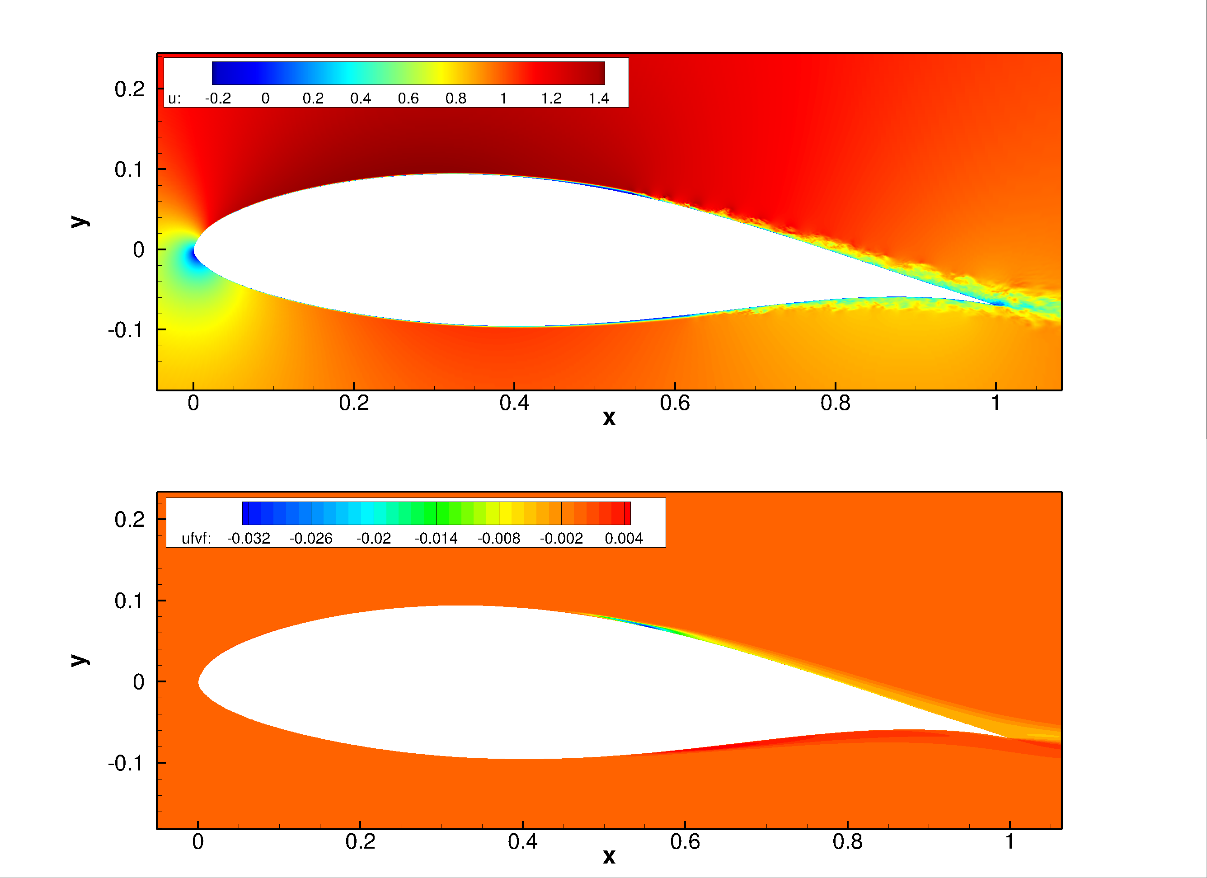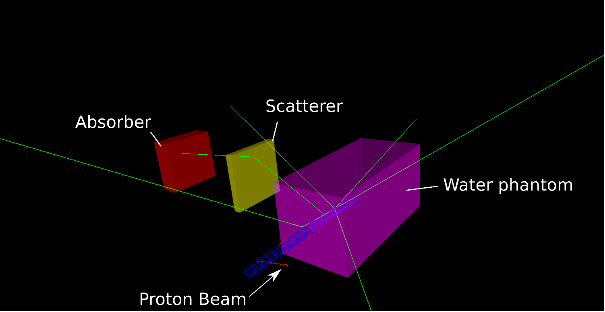Project Manager:
Prof. Dr. Siegfried Raasch
Evaluation of a Novel City Climate Model – Evaluation of PALM-4U for big German Cities against Data from intensive Observation Periods
Principal Investigators:
Prof. Dr. Siegfried Raasch, Prof. Dr. Björn Maronga
Affiliation:
Leibniz Universität Hannover, Karlsruhe Institute of Technology, Freie Universität Berlin, Humboldt Universität Berlin, Technische Universität Berlin
HPC Platform used:
NHR@Göttingen, NHR@ZIB: HLRN Clusters Lise and Emmy
PALM-4U is a newly developed high-resolution urban-climate model. It is designed as a tool for researchers and city planners to simulate and analyze the urban climate and its effects on city dwellers. The key feature of PALM-4U is its capacity to directly resolve turbulence effects and provide highly accurate simulation results. Apart from that, PALM-4U offers further features such as sophisticated bio-climate and air chemistry analysis or a multi-agent model that simulates individual city dwellers wandering across the city. To gain confidence in PALM-4U, extensive evaluation is necessary.




![Magnetization density related to electrons trapped at Ti3+ centers. If the electron is trapped at Ti(1), a second Ti is polarized too. From Ref. [1].](/sites/default/files/2022-05/k.a..png)




